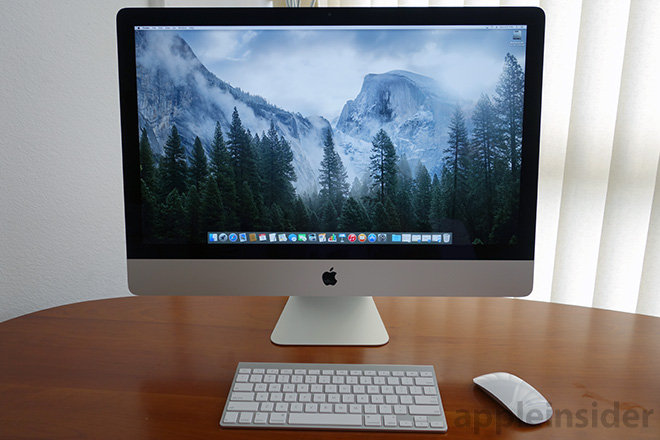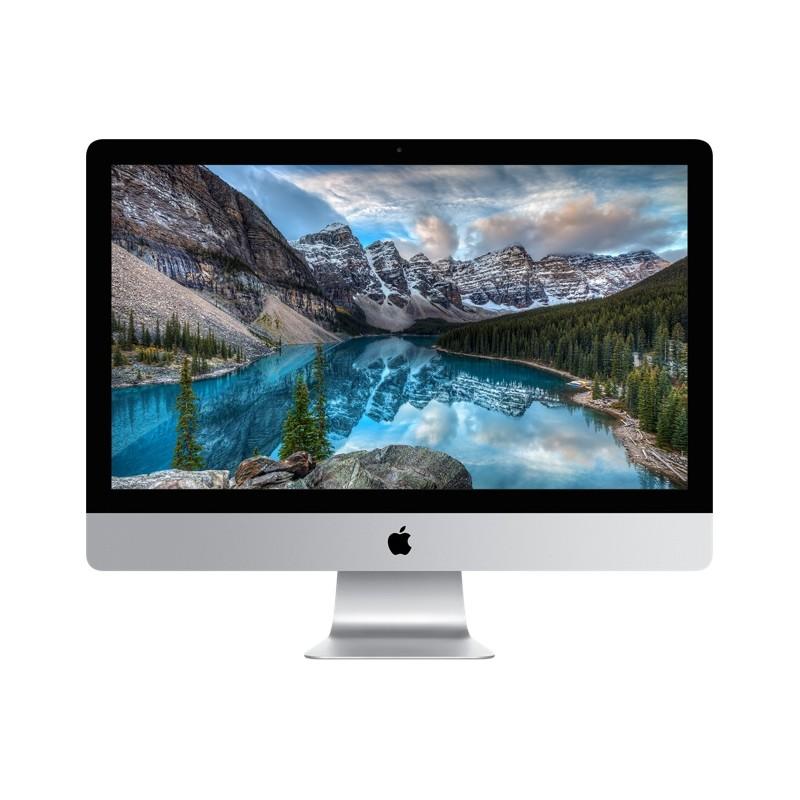
There, in the tests of processor and memory performance, the 2013 iMac scored 15,129. Benchmarks only tell part of the story, of course, but they give an initial idea of where a computer is coming from, so first we turned to Geekbench. PerformanceĪs you might expect, with a 3.5GHz Core i7, NVIDIA GeForce GTX 780M graphics, and 8GB of memory, our review iMac doesn't exactly stand around. If you were going to tick only one option box on the iMac order form, the Fusion Drive option should be it. It unsurprisingly becomes the bottleneck holding back what's otherwise a very high-powered machine. Unfortunately, you still get a 1TB traditional hard-drive as standard on both the 21.5-inch and 27-inch iMac (5,400rpm on the former 7,200rpm on the latter). There are also now options for 256GB, 512GB, or 1TB of all-flash, though they're unsurprisingly expensive options. 128GB of flash is paired with either a 1TB or 3TB hard-drive and OS X intelligently moves files between the two, learning how the user works and deciding which files to bring over to the faster flash, and which are okay to be left on the slower, larger-capacity drive. Apple has updated the range with Intel's fourth-fen Core i5 and i7 "Haswell" chips, paired with new graphics options, and a boosted version of its own Fusion Drive storage technology.įor 2013, the setup is effectively the same, but Apple has switched to using PCIe-based flash storage for a bump in performance. If the outside is unchanged, the big differences in the 2013 model wait until you turn the iMac on. The company's own AirPort Extreme and AirPort Time Capsule do, but we were able to test the iMac with a third-party 802.11ac router and back up across the wireless network around twice as fast as over the older connection type. Apple has enabled beam-forming for more targeted wireless connections, again as long as your router supports it.


In fact, the claim is up to three times the speed in addition to greater range, over WiFi 802.11n. Inside, there's now WiFi 802.11ac for faster connections with compatible wireless routers. There's no dedicated subwoofer but still a decent amount of bass to play with, aided by the sound reflecting off a wooden or glass desk surface.

Stereo speakers fire downward, out of the lower edge of the screen, and sound impressively full-bodied given their size.


 0 kommentar(er)
0 kommentar(er)
